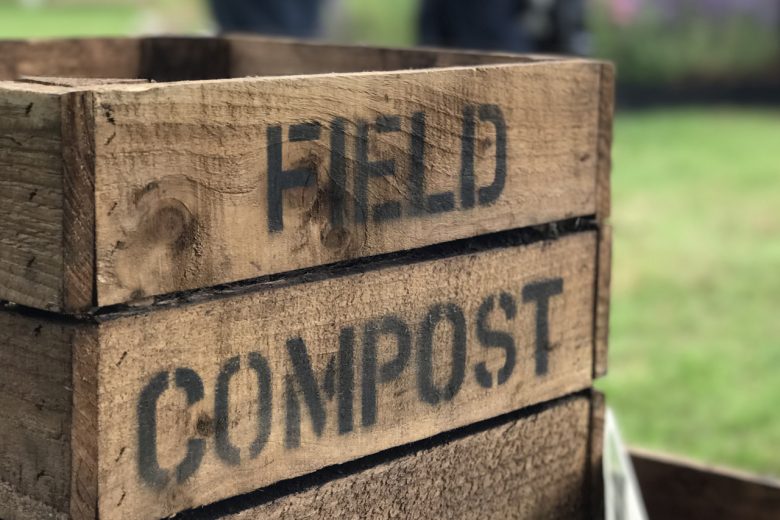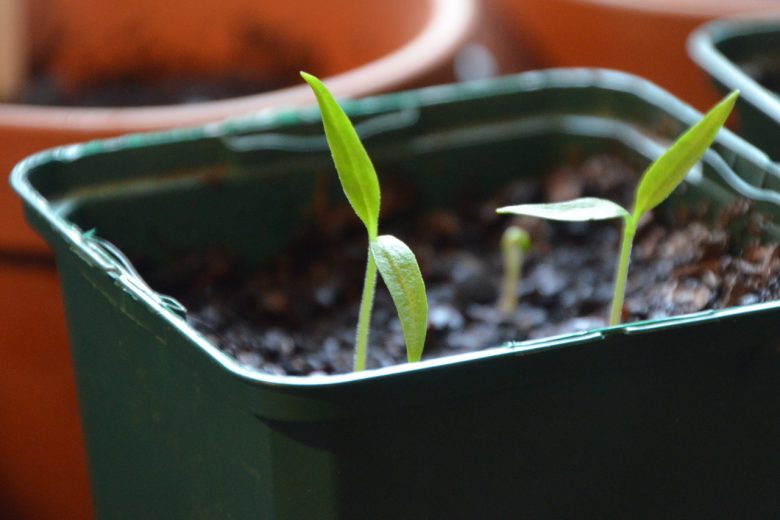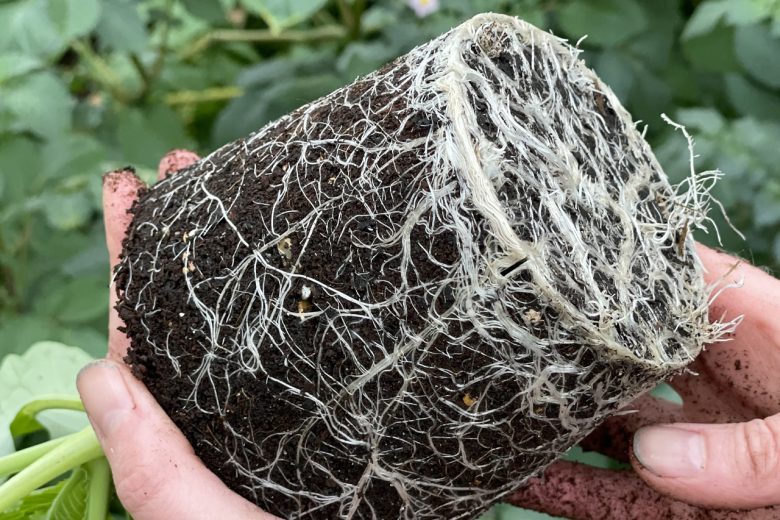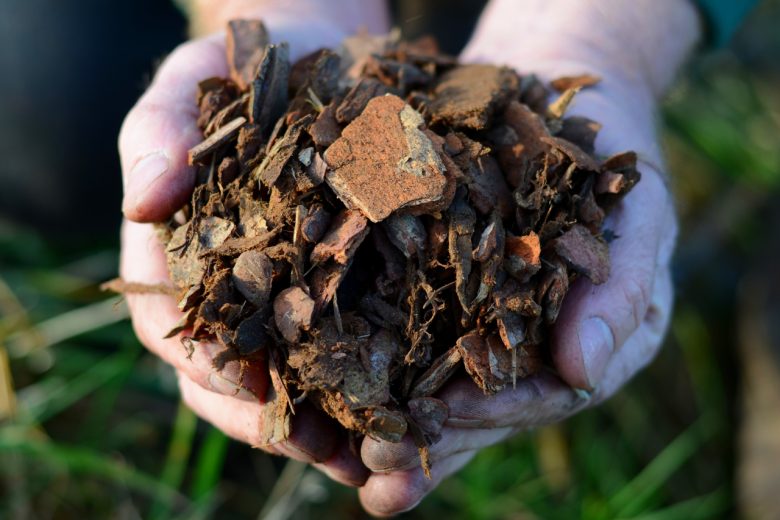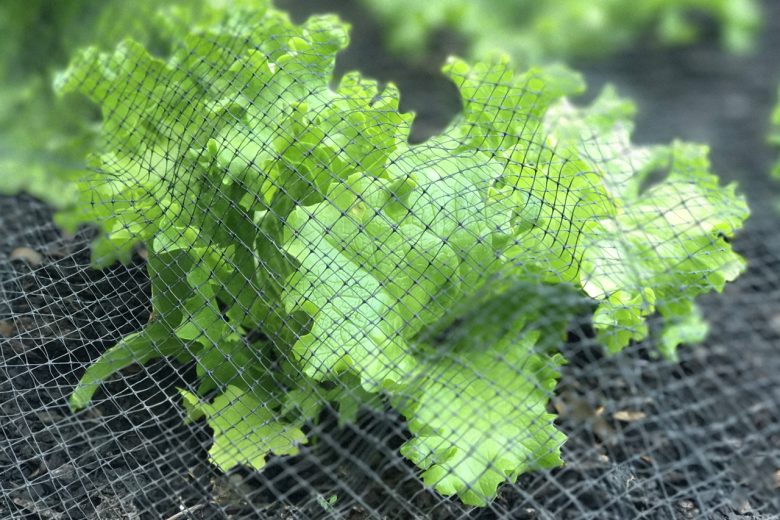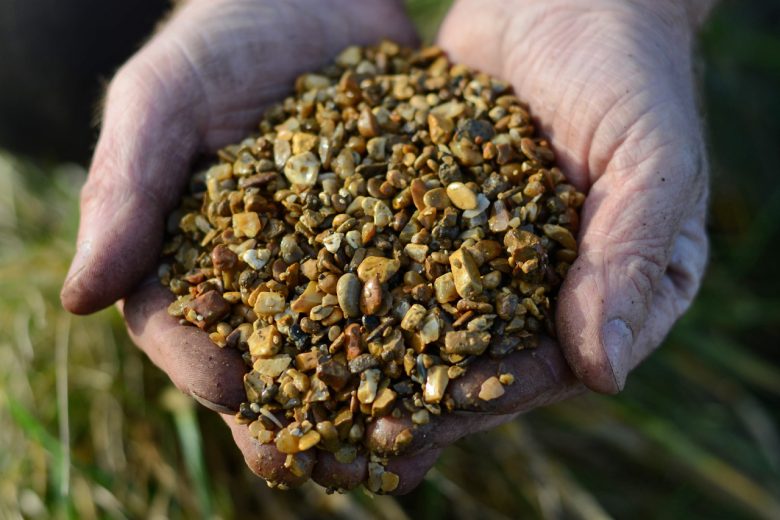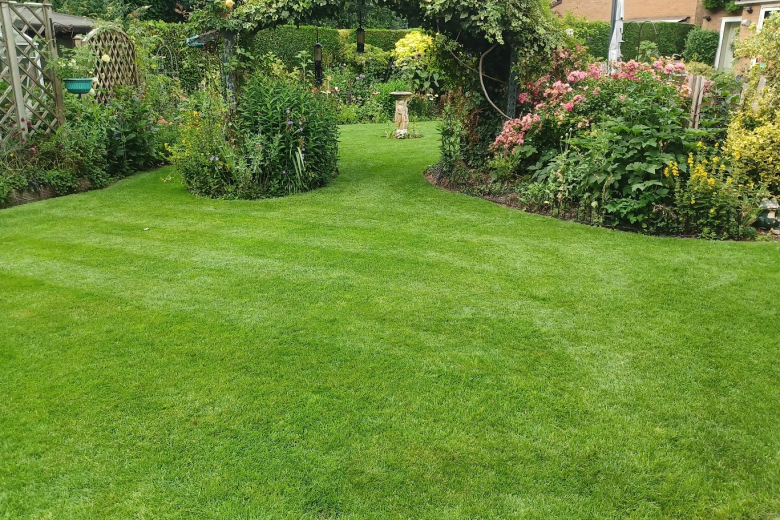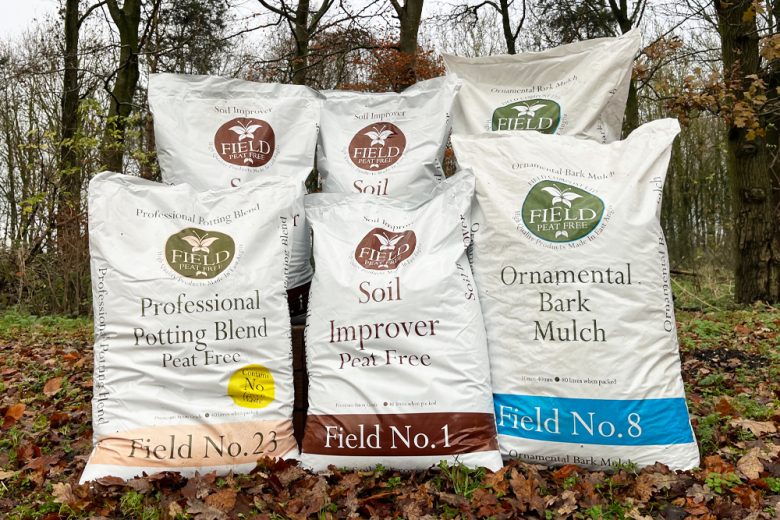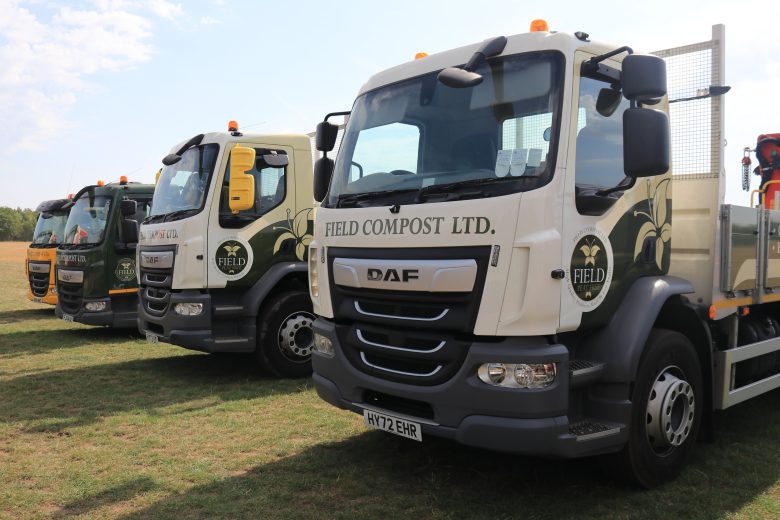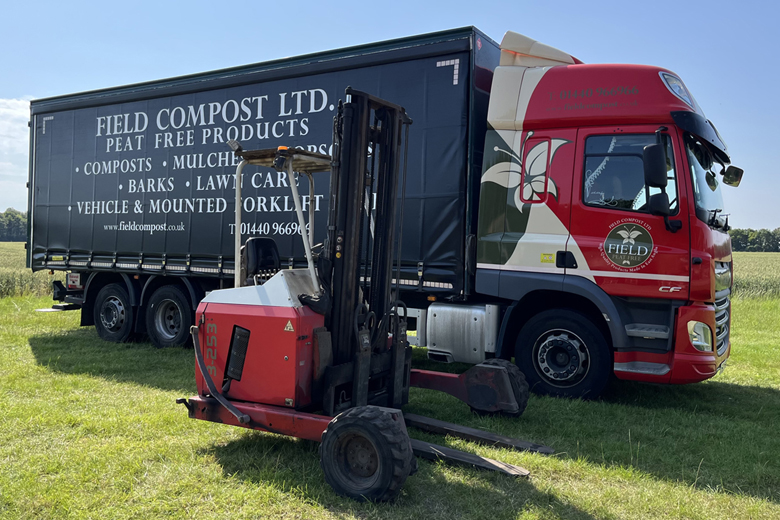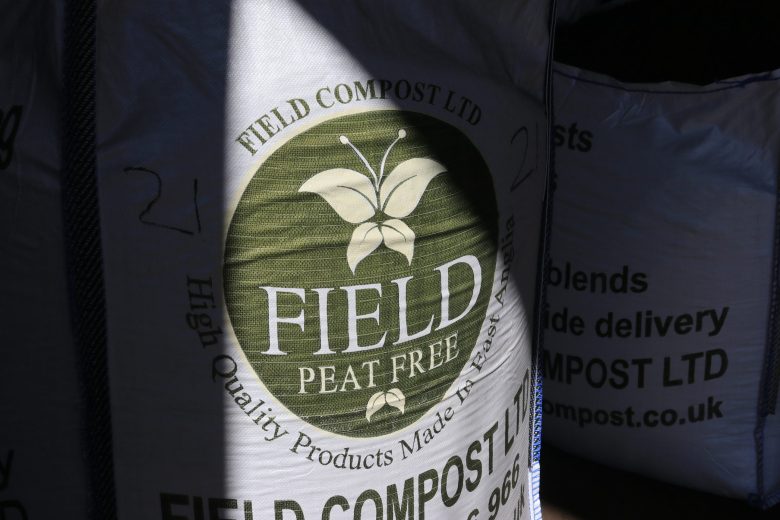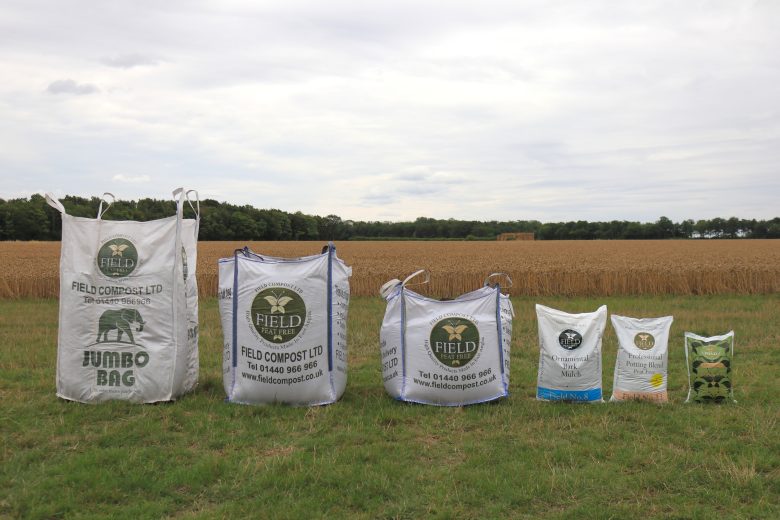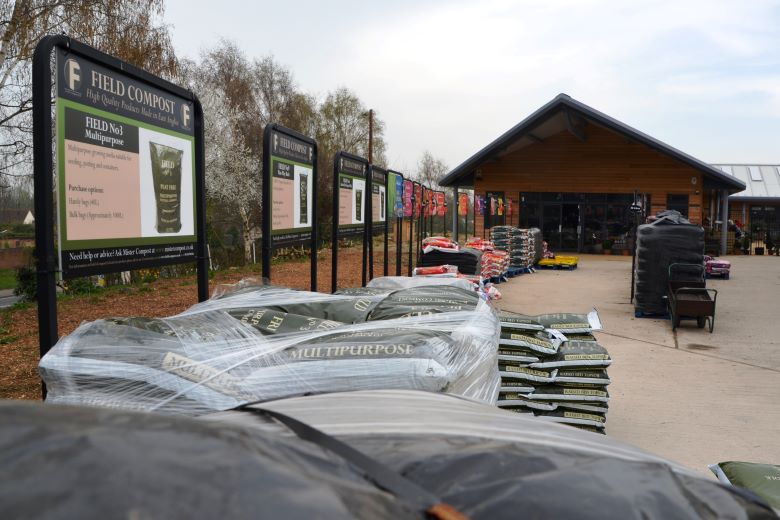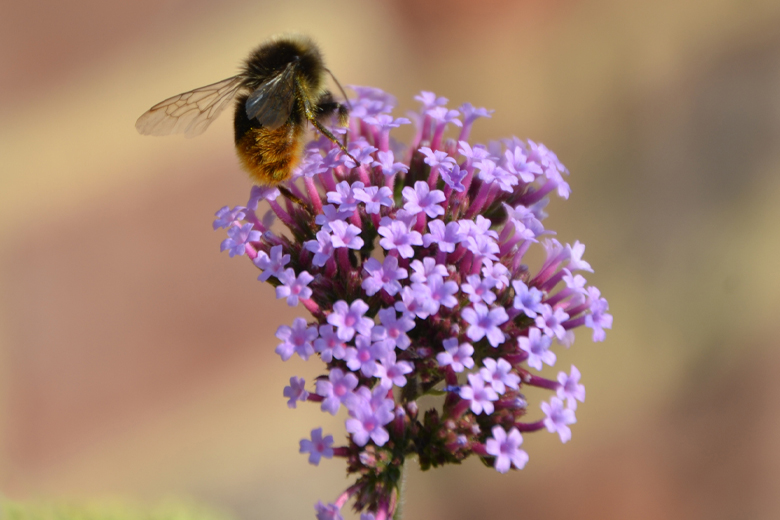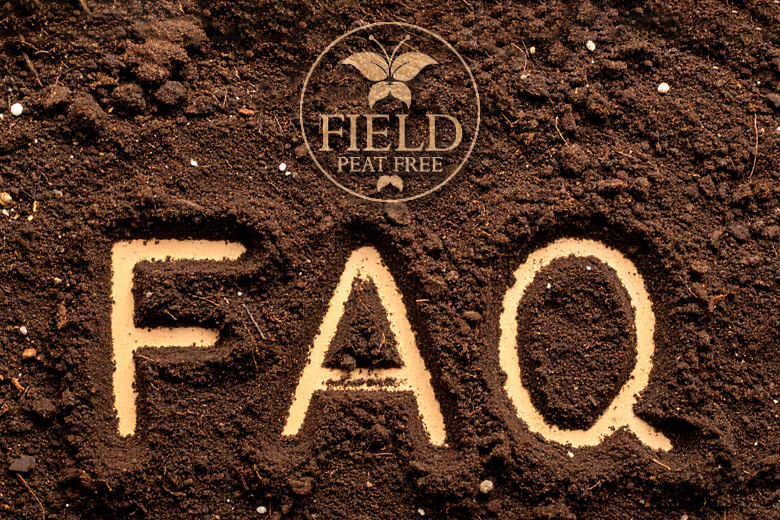Hello September! Here at Field Compost, this month is pretty busy, with the last day of the BBC Gardeners’ World Autumn Fair today, and the Gransden show on the 28th! We are also helping with the set up and running of our local Thurlow Fayre on the 8th!
We hope you have a great month! The temperatures will soon get colder as Autumn kicks in; don’t forget you can continue to grow salad crops indoors throughout the winter. You don’t need a heated green house, just a south facing windowsill or conservatory will do nicely (as long as you can afford to keep the heating on that is).
